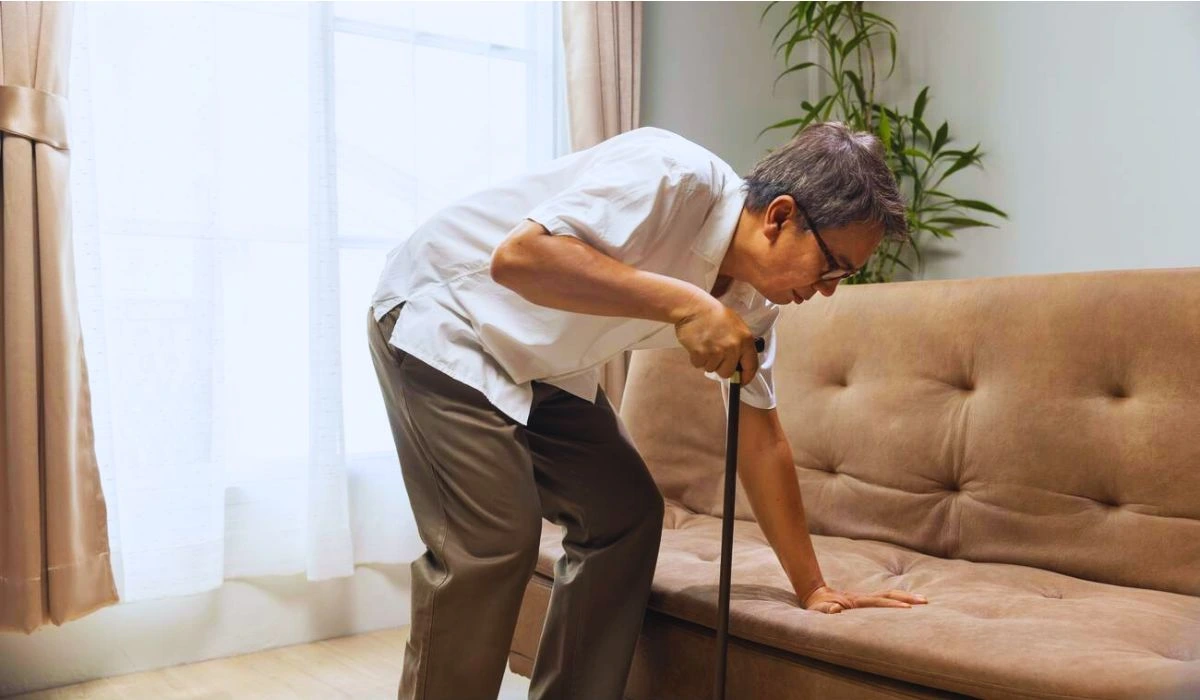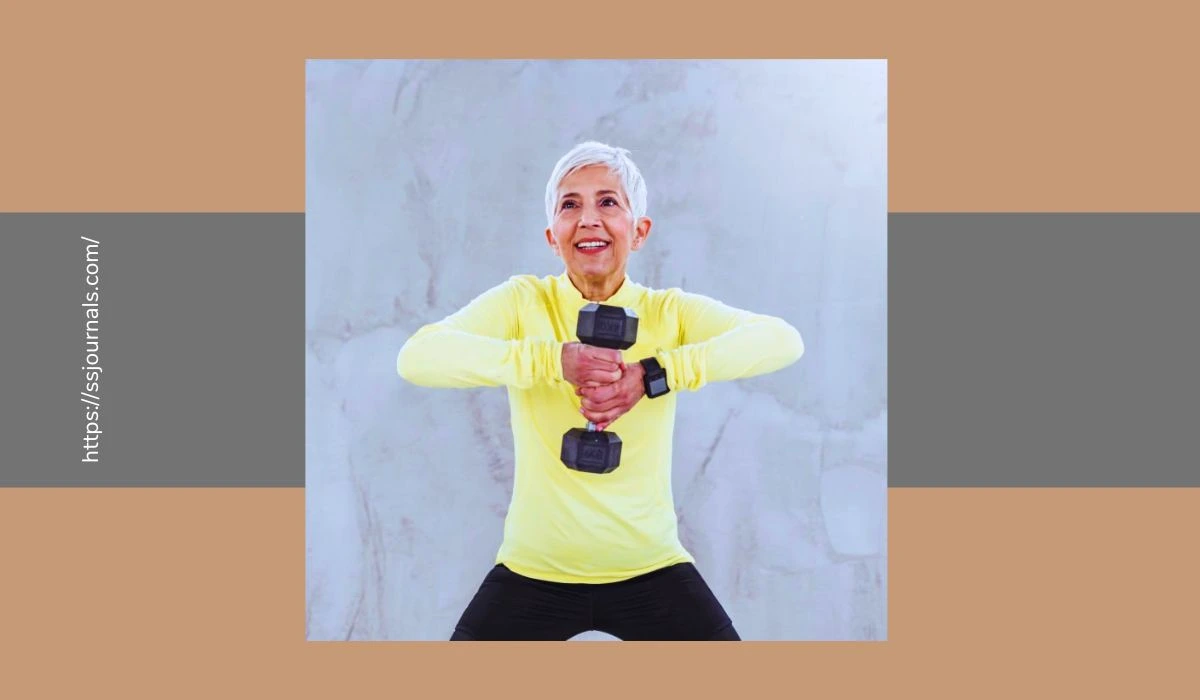Muscle loss, also known as muscle atrophy, is a common condition that can happen due to aging, illness, injury, or inactivity. It refers to the gradual loss of muscle tissue over time. Muscle loss can lead to decreased strength, mobility issues, fatigue, poor balance, and reduced quality of life.
Understanding the common symptoms of muscle loss is important, as early detection and intervention may help slow its progression. This article will provide an overview of muscle loss, its common symptoms, ways to help prevent it, and frequently asked questions.
Understanding Muscle Loss
Muscle loss occurs when muscle fibers shrink or degrade because they are no longer being used. It can happen to anyone but tends to be more common with advanced age. After age 30, adults lose about 3-5% of their muscle mass per decade.

This rate increases more rapidly after age 50. Muscle loss is accelerated by poor nutrition, chronic illnesses, inflammation, hormonal changes, nerve damage, and extended immobilization.
When muscles atrophy, physical strength declines. Performing daily activities like climbing stairs, carrying groceries, or getting up from a chair can become progressively more challenging. Maintaining muscle strength and mass is crucial for mobility, independence, and health as we age.
Common Muscle Loss Symptoms
There are several key signs that may indicate muscle loss:
- Decreased strength – Difficulty lifting weights, opening jars, carrying objects that were once easy. Need to use momentum or other muscles to compensate.
- Fatigue, weakness – Feeling exhausted more quickly with routine activities. Muscles tire easily with use.
- Reduced muscle size/bulk – Appearance of smaller, thinner muscles in the arms, legs, or other areas. Clothes may fit more loosely.
- Decline in stamina – Not being able to walk, exercise, or engage in other physical activities for as long before feeling tired.
- Impaired balance – Unsteadiness on feet. Difficulty rising from a seated position without using hands/arms for support. Increased risk of falls.
- Shakiness, tremors – Muscle trembling, especially in the hands, arms, head, face, or legs.
- Joint pain – Discomfort, achiness, and tightness in areas like knees, hips, and shoulders. Caused by weakened muscles reducing support for joints.
- Poor posture – Slumped position, hunching over, head/neck tilted forward. Due to muscle imbalances.
- Digestive issues – Weakened abdominal muscles can cause abdominal cramping, bloating, and constipation.
If several of these symptoms are present, it may indicate that muscle loss is occurring. Consulting a doctor can help determine the severity and cause.
Also Check: What Deficiency Causes Muscle Cramps? Symptoms & Relief Techniques
How To Prevent Muscle Loss?
While some muscle loss is inevitable with aging, there are ways to slow its progression and maintain strength:
- Exercise regularly – Engage in resistance training 2-3 times per week. Lift weights, use resistance bands, and do bodyweight exercises like pushups/squats. This helps stimulate muscle protein production.
- Eat adequate protein – Aim for 0.5 – 0.8 grams of protein per pound of body weight daily to give muscles the nutrients they need. Consume proteins like meat, dairy, eggs, soy, and beans.
- Stay physically active – Move muscles regularly through yard work, walking, and household chores. Prolonged inactivity accelerates muscle loss.
- Manage conditions and medications – Get treatment for medical issues, injuries, and pain. Medications like steroids can contribute to muscle loss.
- Get adequate sleep and nutrition – Lack of quality sleep and nutrient deficiencies hasten muscle loss. Stay hydrated and get 7-9 hours of sleep each night.
- Consider supplements – Consuming more magnesium, vitamin D, and antioxidant-rich foods/drinks helps muscles function optimally. Some take branched-chain amino acid (BCAA) supplements to support muscle protein synthesis. Consult a doctor before using any new supplements.
Following an exercise regimen suited to individual fitness levels and abilities can help older adults gain muscle as well. It’s never too late to take steps to maintain or even build muscle mass.
Conclusion
Muscle loss can negatively impact energy, mobility, balance, independence, and quality of life. Being aware of common symptoms like decreased strength, fatigue, decline in stamina, tremors, and joint discomfort can help prompt people to make lifestyle changes to counteract muscle loss.
Staying active through aerobic exercise and resistance training, consuming adequate protein and nutrients, managing health conditions, and getting enough sleep provide the best defense against significant muscle loss. Taking steps to preserve muscles now leads to enhanced strength and physical functioning for years to come.
FAQ
A: Early signs of muscle loss include struggling to lift/carry heavy objects you once could easily, tiring more quickly with physical activity, feeling shaky or unsteady, reduced muscle bulk, and needing to use momentum or other muscles to compensate for weakness.
A: Regaining muscle after atrophy is possible, especially for younger people through proper strength training, nutrition, and recovery. However, it becomes more difficult with advanced age due to reduced hormone levels, nerve cells, and stem cell activity.
A: Some muscle mass begins declining around age 30. The rate of muscle loss speeds up significantly around age 50. But people can slow deterioration by staying active and strength training throughout life.
A: Sarcopenia refers specifically to age-related muscle loss. It involves both loss of muscle mass and strength that progresses with aging. It can start as early as age 30 but is most commonly seen in those 60 and over.
A: No, muscle does not turn into fat. Muscle loss causes metabolic slowing, making it easier to gain fat if calories are not adjusted. The combination of lost muscle and increased body fat can lead to weight gain with muscle deterioration.

